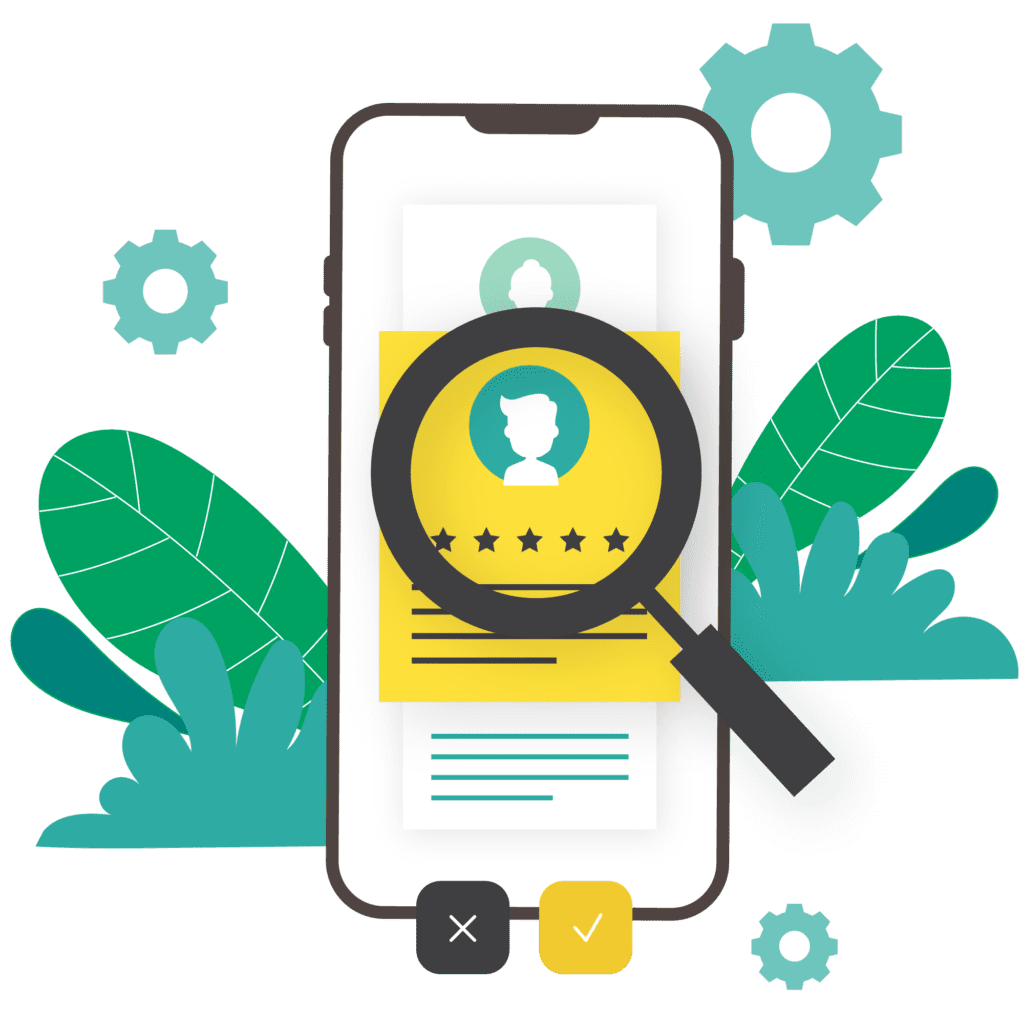Buyer’s journey: more complicated than it seems
How well do you understand the buyer’s journey when it comes to B2B (business-to-business) tech sales? If you’re already a professional in the field, or you’ve completed a B2B boot camp like Palette Skills’ popular SalesCamp program, no doubt you understand it pretty well. After all, trying to understand the buyer’s journey is as old as selling itself. The journey comes down to five or even three simple steps you can print out as a diagram or remember in your head.
But just knowing what these simple phases are is not the same thing as understanding the psychology behind the buyer’s journey. And understanding that psychology is critical, because the more you know more about it, the more you’ll be able to build a selling approach that is subtle, nuanced, and human.
Ready? Let’s start with a quick review of the buyer’s journey.
How long is the journey?
Wait. Before we begin you need to know that the world of B2B sales is divided into two warring camps. One one side, you’ll find people following the idea that the buyer’s journey is made up of three steps. But there’s another camp out there, and these believers are convinced there are actually five steps, not three.
Rather than take sides in this debate, let’s start with the first three phases as they are usually understood, and look at the other two steps to see how they help us understand our buyers and guide our selling strategies.

The first step: awareness
As the saying goes, the longest journey begins with the first step. Let’s call this first step the awareness phase. This is the stage where people start to look for answers and search for resources. In fact, what’s ironic about the awareness phase is that sometimes, people at this part of the journey may not consciously even know they have a problem! Be that as it may, something is unconsciously driving these future buyers to read articles and blogs, look at research and data, or seek out opinions and insight. The problem they face is likely just around the corner.
As a seller, when you understand this phase and its psychology, you’ll be able to craft content that’s relevant for this part of the journey. For example, this isn’t where you want to be selling anything to anybody. Instead, it’s where you want to be informative and credible.
The second step: consideration
If the first step of the buyer’s journey lacked a sense of direction, the second step is more purposeful. By the time people reach the consideration stage, they know they have a problem. At this point in the game, your potential customer is doing heavy research to find out about potential solutions.
So what do we need to know about a buyer’s psychology at this point? First of all, everything that was unconscious before has become front of mind now. Maybe your future buyer has experienced a data breach of some kind, and is looking for a cybersecurity solution. They know they need a product, and they are looking at reviews, opinions, or articles that just might lead them to you and your product.
What does this tell you about what your content strategy needs to look like for this part of the journey? How about this: Instead of selling your product, you need to be offering a solution, and everything has to be focussed on being helpful and informative.
The third step: decision
On the surface of things, we’ve arrived at that magical place where the buyer becomes your customer. They have identified their problem, undertaken research, and have evaluated different products and services to solve a business issue. It seems simple, but the decision phase is actually the most complicated part of the journey, which means that it’s critical to understand your role as well as your potential customer’s psychology.
Why is this phase so complicated? The answer is that making an important decision is never easy. At this point, the buyer is not only thinking about your product or service, she is also evaluating what your competition has to offer. Add to this is the fact that when it comes to B2B, it’s unusual for someone to make a decision on their own. Instead, the buyer is part of a team trying to achieve something that is precious because it is so rare: consensus.
It’s easy to see that this is where you start selling what you have to offer. But the real question is how. It helps to remember that your buyer is actually struggling with a number of complex tasks at this stage. You have to make these jobs easier by giving your buyer the resources she needs before going ahead. Make sure you establish your point of difference clearly, and that your pricing is transparent. By now, you have anticipated all possible questions and objections a buyer might have, and have simple, credible, and reassuring answers for all of them. Your goal here is to provide reassurance that is valued because you have taken the time to build trust.
The fourth step: retention
According to some experts, we’ve passed from the buyer’s journey into the customer’s journey. That army fighting for just three steps in the buyer’s journey we talked about earlier is ready to go home. But instead of getting ahead of yourself, it might be more helpful to think of the retention stage as a key part of a buyer’s journey, and here’s why.
First of all, if we go back in time to the decision stage, one of the most important things informing a buyer’s decision is how capable and ready you and your company are to provide help and guidance when buyers become customers. In fact, providing help and solutions is a fundamental value for purchasers, and in today’s world this so-called value-based selling is critical for B2B success.
Here’s the other thing: A sale is a sale is a sale. And three or more sales from one happy customer over time is pretty great, too. By carefully building a relationship with a buyer and helping them become a customer, you’ve created future sales opportunities that will save your company money, and build value in the long term.
The final step: advocacy
Here’s where things get really interesting. The advocacy stage is where you give your customers ongoing resources and reasons to promote you and your product everywhere. So why is this included as part of the buyer’s journey? Think about it this way: all of these different stages of the journey need to be seen as part of a larger whole. Each stage influences the others. In fact, it may be more helpful to see the buyer’s journey as a circle.
Remember that in today’s digital and social media world, a sales representative is only one channel among many. The more you can do to convert your customers into advocates, the more you will help drive new business and prospects at each stage of the buyer’s journey.
Understanding is the key to B2B success
More than ever, it’s essential to understand your buyer and your customer. This means that in addition to straightforward market research, you need to take the time to understand a buyer’s motivations, emotionset psychology. When you do, you’ll have a much clearer idea of where people are along the journey, and you’ll be better able to tailor your marketing content effectively. By proactively addressing the needs and expectations of customers at each stage, companies can create a seamless path that leads to higher customer satisfaction, stronger relationships, and increased sales.
Want to learn more? Get on board with SalesCamp from Palette Skills. SalesCamp is a 6-week hands-on, live and online career transition and upskilling program designed to give you the practical skills you need to succeed in a B2B tech sales role. The program focuses on the world of tech sales and helps you hone professional skills with great networking events and 1:1 career coaching designed to connect you quickly with businesses that are potentially ready to hire.
This blog is sponsored by:









